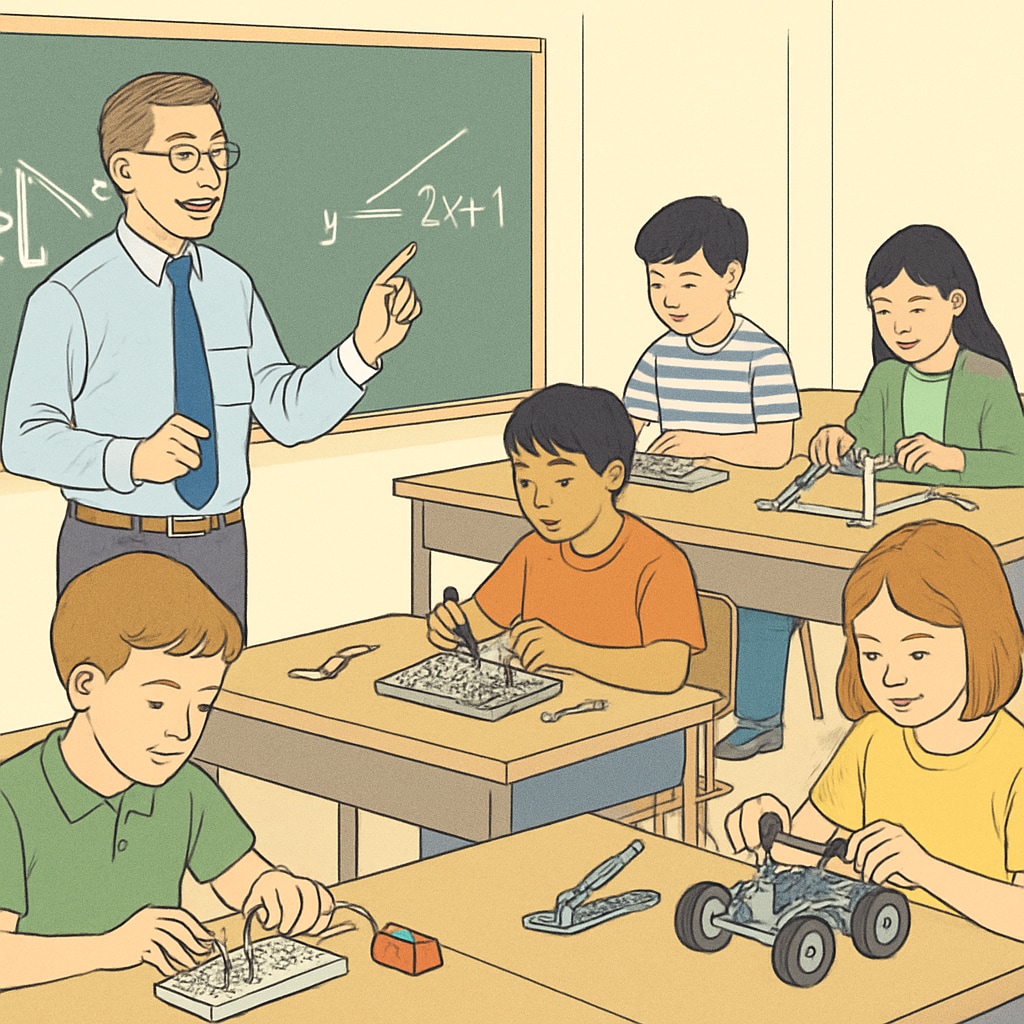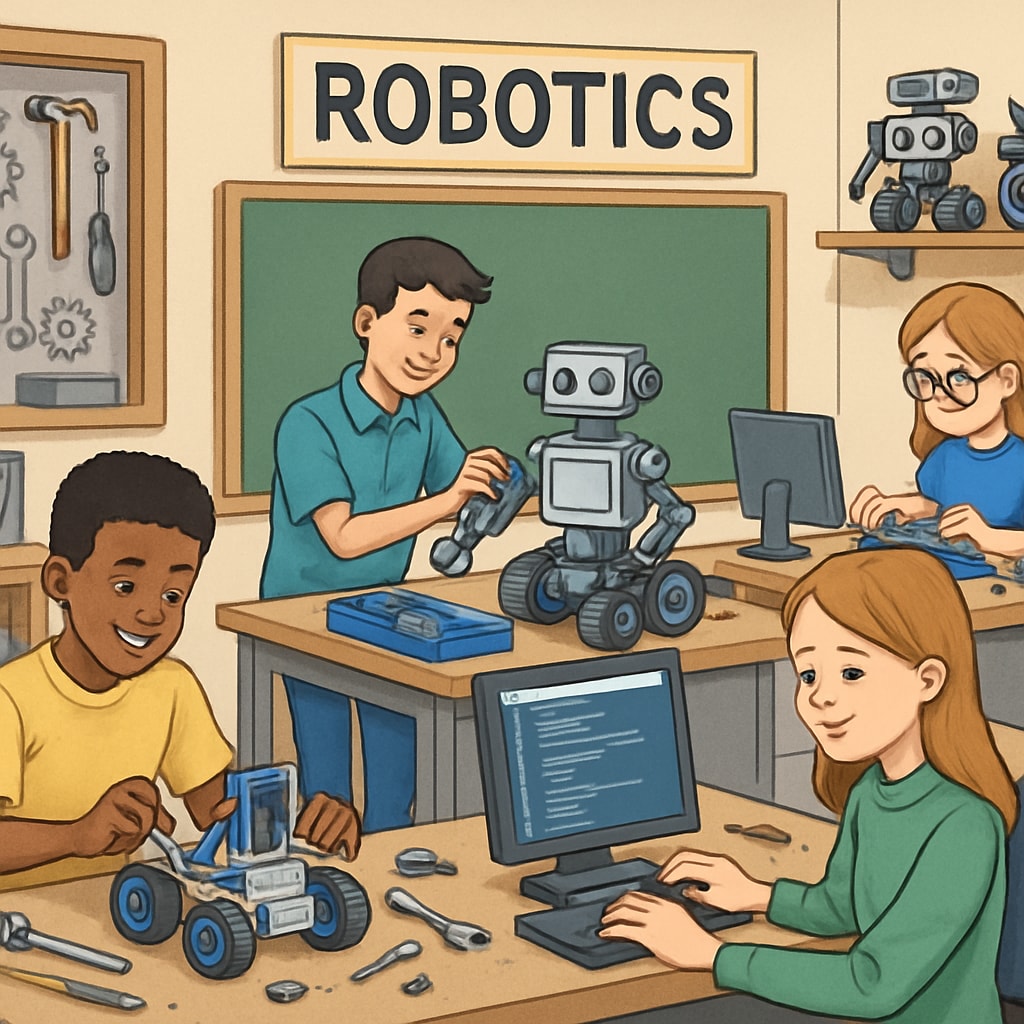Career and Technical Education (CTE) is revolutionizing the way K12 school districts approach traditional academic subjects. By fostering an innovative blend of hands-on skills training and theoretical learning, CTE offers students a more engaging, practical path to success. This article explores how CTE integrates with traditional subjects, its positive impact on student outcomes, and the diverse organizational models adopted by school districts to implement CTE programs.

Blending Career and Technical Education with Traditional Subjects
The integration of Career and Technical Education with traditional academic disciplines—such as math, science, and language arts—creates a dynamic learning environment. For example, a construction course may incorporate geometry to teach students about spatial measurements, while digital media classes could enhance language skills through scriptwriting and editing. This synergy helps students see the real-world applications of theoretical concepts, making learning more meaningful and engaging.
CTE also supports interdisciplinary teaching strategies, where educators collaborate to align technical coursework with core academics. This approach not only reinforces key concepts but also prepares students for industry-specific challenges. According to a study by Britannica, students exposed to integrated curricula tend to perform better in assessments and develop stronger problem-solving skills.
The Positive Impact of CTE on Student Outcomes
One of the most significant advantages of Career and Technical Education is its ability to boost student engagement and academic achievement. By combining hands-on experiences with classroom learning, CTE makes education more relevant to students’ interests and career aspirations. Furthermore, research from Wikipedia indicates that students enrolled in CTE programs are more likely to graduate high school and pursue post-secondary education or vocational training.
CTE programs also emphasize 21st-century skills such as teamwork, communication, and critical thinking. These competencies are increasingly valued in today’s workforce, giving students a competitive edge. Additionally, CTE pathways often include certifications and internships, allowing students to gain practical experience and credentials before entering the job market.

Organizational Models for Implementing CTE in School Districts
School districts have adopted various organizational structures to implement Career and Technical Education effectively. Some districts opt for dedicated CTE schools or academies, while others integrate technical courses into existing curriculums. Hybrid models, which combine traditional classrooms with industry partnerships or dual-enrollment programs at local colleges, are also gaining popularity.
Key factors in successful implementation include collaboration with local industries, alignment with state education standards, and investment in teacher training. Districts that prioritize these elements often see higher enrollment rates and improved student outcomes. A notable example is the rise of STEM-focused CTE programs, which bridge science, technology, engineering, and math with vocational training.
As a result, school districts are not only preparing students for immediate career opportunities but also equipping them with lifelong learning skills. This organizational diversity ensures that CTE programs can be tailored to meet the unique needs of different communities.
In conclusion, Career and Technical Education is reshaping traditional learning by merging practical skills with academic knowledge. Its implementation across school districts offers a blueprint for educational innovation, benefiting both students and the broader community. By embracing CTE, educators can create a future-ready workforce equipped to tackle the challenges of tomorrow.
Readability guidance: Short paragraphs, frequent use of transition words, and a mix of lists and examples ensure clarity. Images are strategically placed to enhance understanding and align with the content themes.


